
In the shadow of the Western Taurus Mountains, an extraordinary archaeological discovery is reshaping our understanding of prehistoric art in Anatolia. Excavations at the Epi-palaeolithic cave settlement of Kizilin, near Yagca in the Dosemealti district of Antalya, have unearthed what are now considered the oldest known stone human figurines of Anatolia, dating back as far as 19,000 years.
The site, perched 407 meters above sea level and overlooking the Kizilin Stream, is redefining the cultural landscape of early human settlements in the region. The figurines, one depicting a stylized human head and the other a set of conjoined twins, offer rare insights into symbolic expression and artistic representation during the twilight of the Palaeolithic era.

Kizilin lies at the mouth of a narrow valley, surrounded by other prehistoric sites such as Okuzini, Karain-B, and Carkini. While previous digs in the region revealed tools and ornaments, the recent discovery of carved human figures in Kizilin's terrace section adds a unique chapter to the region’s archaeological record.
The site’s archaeological sequence spans Geological Levels IIa and IIb, identified by their red sediment layers. Using radiocarbon dating (AMS) on marine mollusc shells found within these layers, researchers confirmed occupation between 19,455 and 13,621 B.C.
The figurines made of sandstone date back 15,807 years, to 13,782 B.C. Radiocarbon (C14) dating reveals that the settlement was inhabited over a broader period, between 19,455 and 13,621 B.C.
Among the artifacts, two sandstone human figurines stand out:
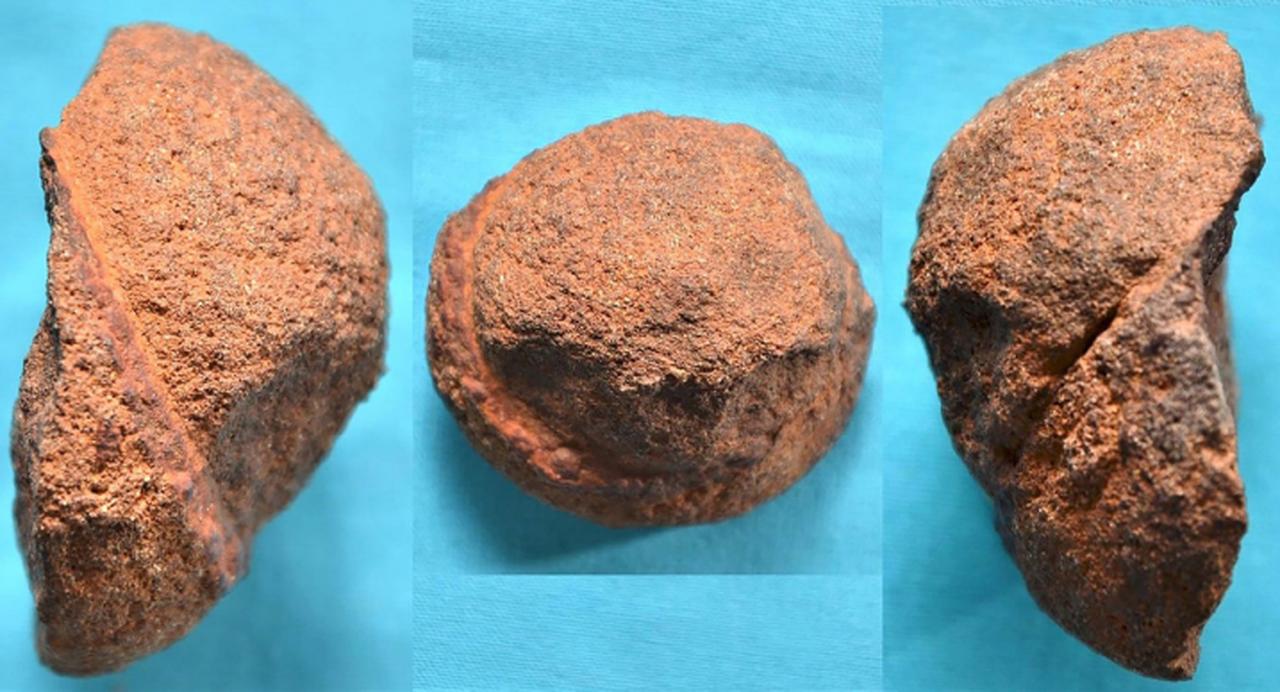
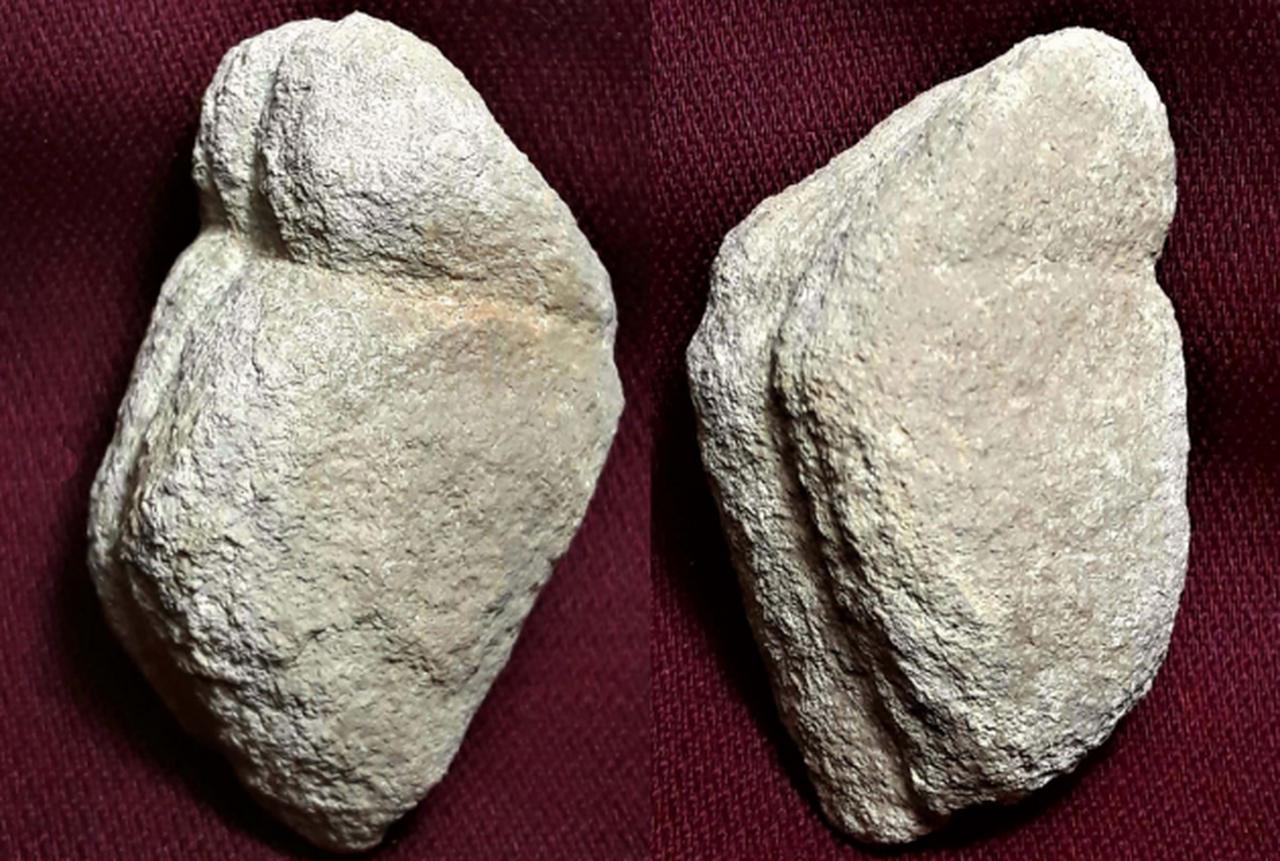
These carvings predate similar Neolithic examples from Catalhoyuk and Hacilar by several millennia, reinforcing the significance of Kizilin as a centre of symbolic and artistic activity during the Epi-palaeolithic.
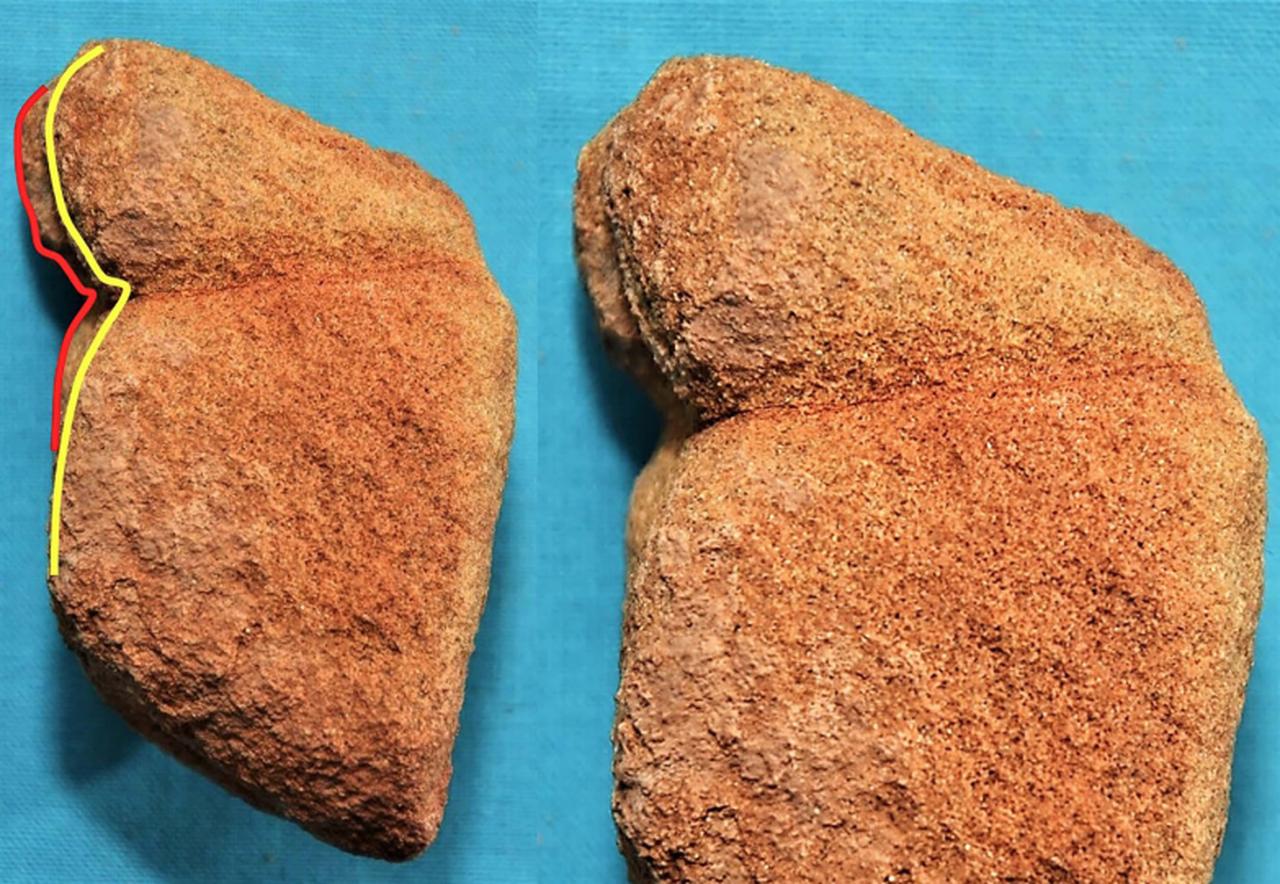
Beyond figurines, Kizilin has yielded a rich assemblage of chipped stone tools, microliths, bone implements, and ornamental beads made from marine shells. The prevalence of both geometric and non-geometric microliths, as well as the use of local chert, points to a thriving workshop where tool-making was a daily activity.
Interestingly, despite bone tools showing polish from usage, their fragmentary state limits deeper functional interpretation. Yet, it is the art objects—crafted with deliberate design and complex symbolism—that have drawn the spotlight.
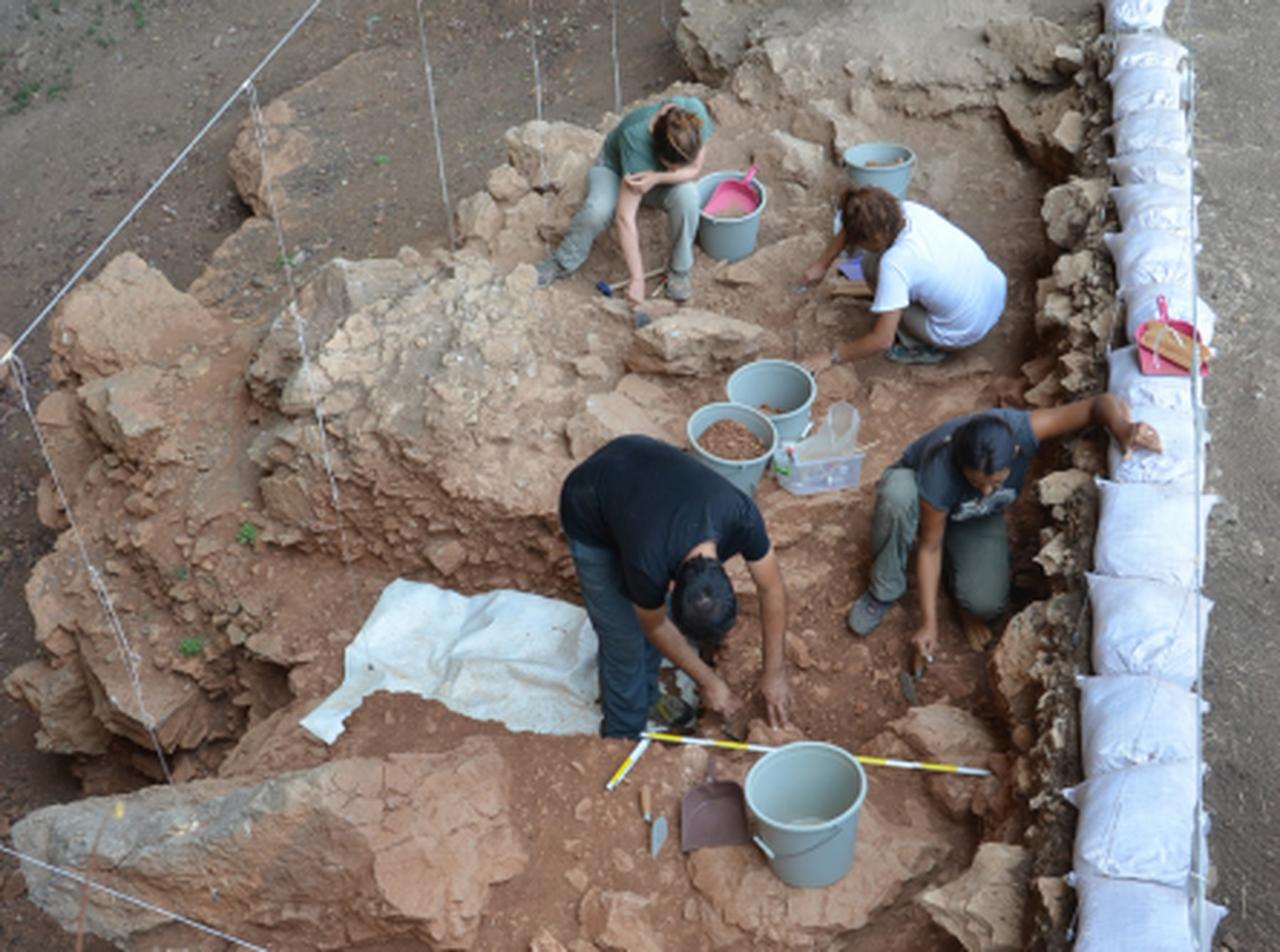
The figurines' implications stretch beyond artistry—they challenge the chronological boundaries of symbolic behaviour in Anatolia and raise questions about cultural transmissions between Europe and the Near East during the late Ice Age.
As Professor Metin Kartal of Ankara University, who leads the project, notes, “These are not merely isolated artistic expressions, but cultural statements from an era where identity, belief, and representation were beginning to take tangible form.”
The figurines’ stylistic features suggest parallels with both European and Near Eastern Palaeolithic traditions, yet remain distinct, hinting at an Anatolian artistic language still in the making.
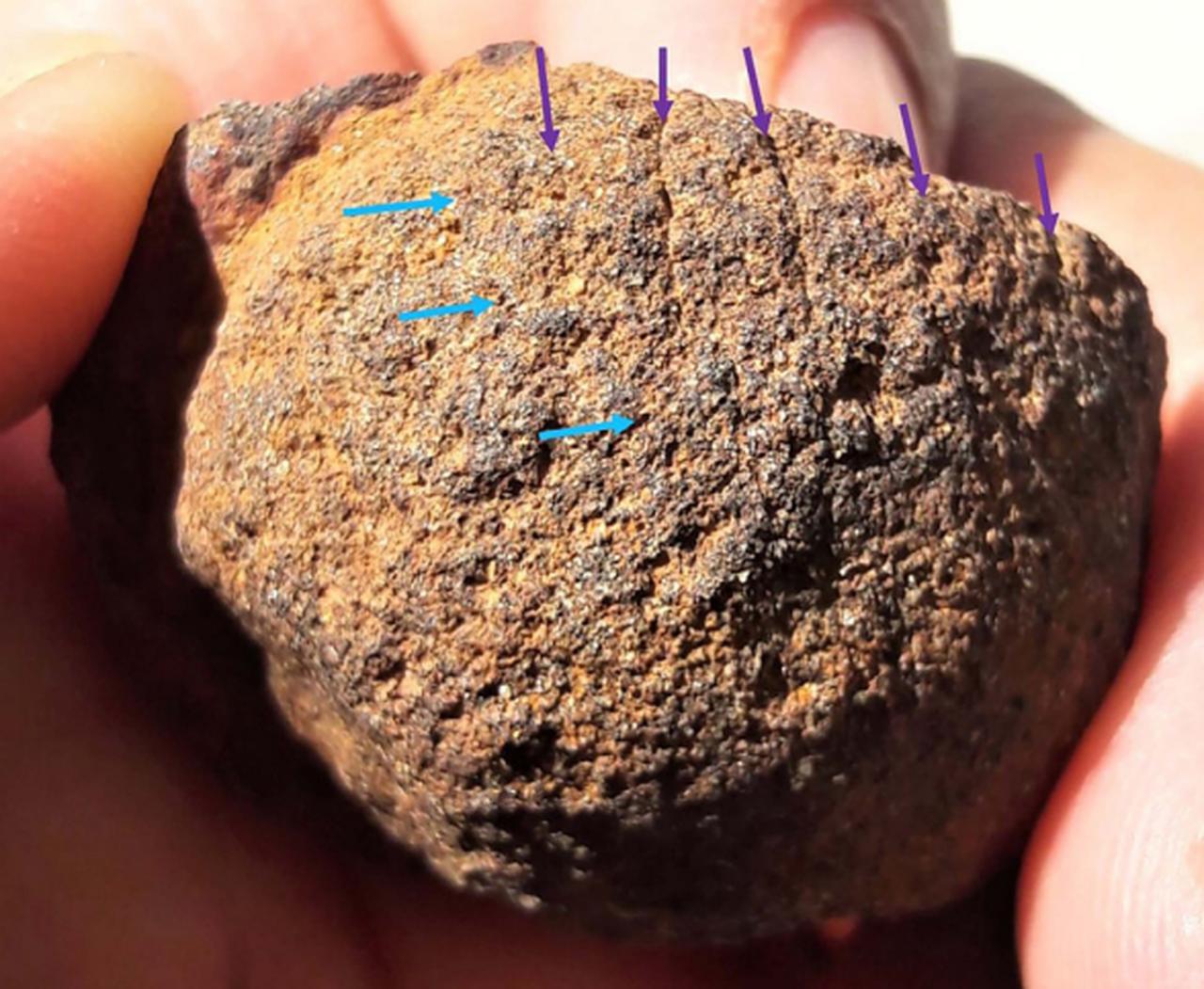
With only six seasons of excavation completed, Kizilin already stands as one of the most promising Epi-palaeolithic sites in Türkiye. Future campaigns aim to expand the search within the cave's unexcavated interior, which is currently inaccessible due to slope erosion and sediment buildup.